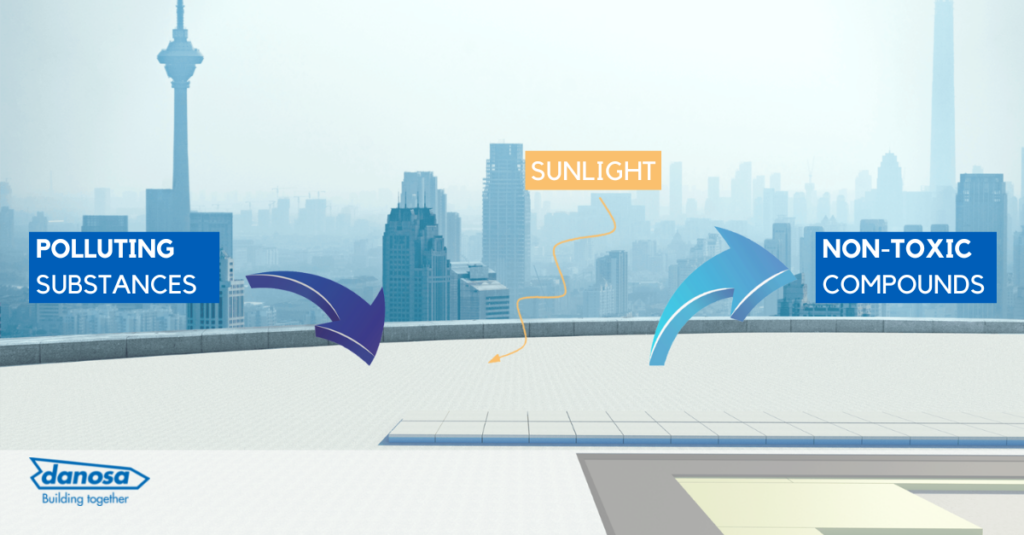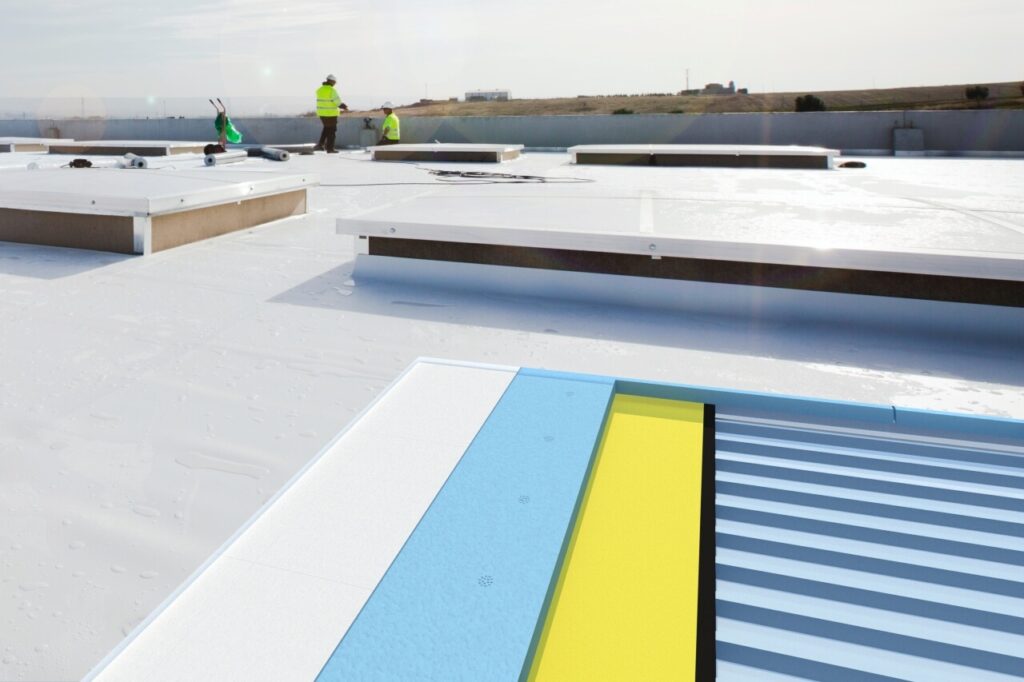When it comes to roofing options, single ply/PVC and felt are two of the most popular choices for flat roofs. While both materials have their own advantages and disadvantages, the decision between them often comes down to budget, climate, and personal preference.
PVC, or polyvinyl chloride, is a synthetic material that is lightweight, durable, and easy to install. It is made from plastic polymers and reinforced with a polyester or fiberglass mesh, making it a strong and flexible option for flat roofs. PVC roofing is also resistant to UV rays, moisture, and chemicals, making it a good choice for roofs in areas with harsh weather conditions.
One of the main advantages of PVC roofing is its long lifespan, typically lasting 20-25 years with proper maintenance. PVC roofs require little to no maintenance, and can often be cleaned with a simple pressure washing. They are also easy to install, which can save time and money on installation costs.
Another advantage of PVC roofing is its energy efficiency. PVC roofs can reflect sunlight, which can help reduce cooling costs in warmer climates.
On the other hand, felt roofs are a more traditional option made of layers of bitumen and felt. Bitumen is a black, sticky substance that is derived from petroleum distillation, while felt is typically made from organic materials such as wood or recycled fibres. The combination of these materials makes for a waterproof and durable roofing option that has been used for centuries.
One of the advantages of felt roofing is its cost-effectiveness. Felt is a relatively inexpensive material that is widely available, making it a good choice for budget-conscious projects. Felt roofs also provide a good level of insulation, making them a great choice for buildings in colder climates.
However, felt roofs require regular maintenance to prevent leaks and damage from the sun and other environmental factors. They are also more susceptible to cracking and splitting over time compared to PVC roofs. Additionally, felt roofs are not as energy efficient as PVC roofs, which can result in higher heating and cooling costs.
When it comes to choosing between PVC and felt roofing, there are several factors to consider. The first is budget – while PVC roofs are more expensive upfront, they require less maintenance over time and have a longer lifespan. Felt roofs, on the other hand, are a more cost-effective option, but require regular maintenance to ensure their durability.
Climate is another important factor to consider. PVC roofs are resistant to UV rays and moisture, making them a good choice for areas with harsh weather conditions. Felt roofs, on the other hand, may be more prone to damage in areas with extreme temperatures or high levels of moisture.
Personal preference is also an important consideration. While PVC roofing is a newer and more modern option, and offers detailing addons like our Alpha Profiles, some people may prefer the look and feel of traditional felt roofing.
Ultimately, the decision between PVC and felt roofing will depend on the specific needs and budget of the project. Both materials have their own strengths and weaknesses, so it is important to carefully consider all factors before making a decision.
Our website is a central hub for all information about our products, so you can review the properties of our ESTERDAN bituminous membrane compared to our DANOPOL HS 1.5 and see all the individual technical features and quantitative differences.




